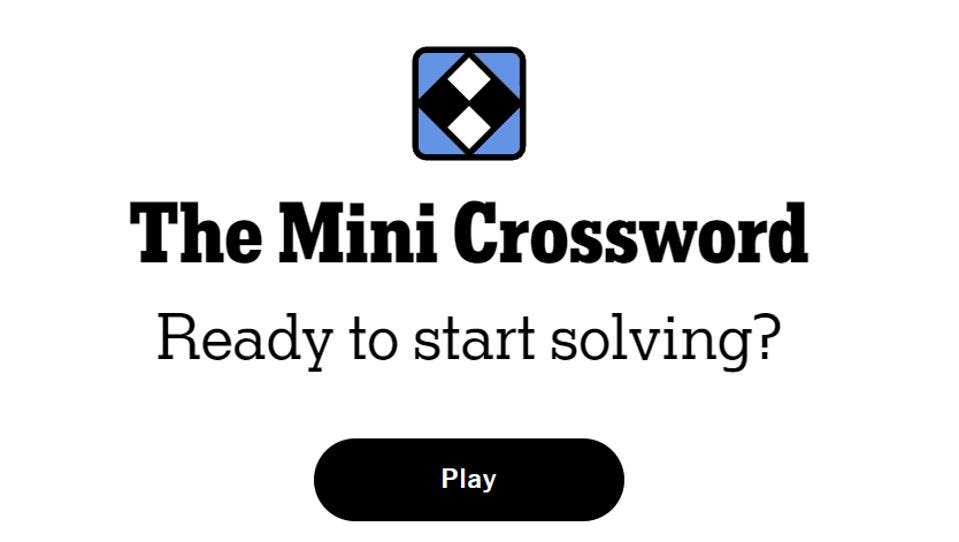Pink 3d number 4 on mint background. 3D rendering. Best for anniversary, birthday party, … More
In boardrooms and beyond an interesting shift has begun to reshape how some enterprises measure success. The traditional singular focus on profit is evolving into a more nuanced framework that balances four dimensions: people, planet, profit and purpose — the quadruple bottom line. At the intersection of this trend lies an emerging paradigm of artificial intelligence designed not just to optimize efficiency, but to optimize for humanity itself.
This transformation is still in its early stages. While the potential is compelling and early experiments show promise, the widespread adoption of ProSocial AI and quadruple bottom line thinking remains more of an aspiration than a reality across most industries. What we are witnessing are pioneering initiatives and foundational work being laid by forward-thinking institutions and entrepreneurs who recognize that the future of business may depend on getting this balance right.
Beyond The Triple Bottom Line: Adding Purpose To The Equation
The quadruple bottom line concept evolves from the “Triple Bottom Line” (people, planet, profit) coined by John Elkington in 1994. It adds a fourth ‘P’: Purpose, recognizing that sustainable business success requires intentional alignment between technological innovation and human flourishing. While the triple bottom line prompted firms to consider their environmental and social impacts, purpose introduces a deeper sense of mission that transcends quarterly earnings and has the potential to inspire staff and customers.
This evolution is particularly relevant as AI becomes more integrated into business operations. Rather than viewing AI as merely a tool for efficiency and effectiveness, a small but growing number of organizations are exploring its potential as an instrument for social good..
Defining ProSocial AI: Technology With Intention
ProSocial AI represents a shift from the traditional take on technology as an endeavor that is driven primarily by commercial interests. It refers to AI systems that are deliberately tailored, trained, and targeted to bring out the best in and for people and planet. Unlike conventional AI that optimizes for narrow metrics, ProSocial AI is architected with human welfare and environmental sustainability as primary objectives, not afterthoughts.
The distinction is important. Classic AI might optimize a supply chain for cost efficiency alone, potentially at the expense of worker welfare or environmental impact. In contrast, ProSocial AI would optimize for a holistic outcome that treats supply chain resilience, fair labor practices, environmental sustainability, and profitability as interconnected objectives.
Real-World Applications: ProSocial AI In Practice
Brewing Social Impact Win Win Coffee exemplifies the ProSocial AI approach by combining a social mission with technology. The company aims to “bring equity to the coffee supply chain, centering the African diaspora.” This mission is powered by its technology platform, ViaNexa, which uses AI and machine learning to remove bottlenecks and waste from the coffee supply chain. It leverages AI to implement dynamic pricing models, ensuring fairer compensation for farmers and more efficient, transparent transactions. This direct link between a consumer-facing brand and its purpose-built AI platform demonstrates a cohesive quadruple bottom line strategy in action, though its market share remains small compared to industry giants (for now).
Intelligent Procurement with Purpose Stimulus represents an interesting example of ProSocial AI in a B2B context. Its AI-powered “relationship intelligence platform” helps companies make optimal purchasing decisions by factoring in a wide array of metrics beyond cost. Stimulus’s algorithms analyze and score suppliers based on diversity, sustainability, and ethical practices, enabling companies to build supply chains that reflect their values while maintaining a competitive edge.
Financial Inclusion Through AI Some established fintech companies are also leveraging AI for social good. For example PayPal uses machine learning to assess creditworthiness for small businesses, particularly in underserved communities that traditional banks might overlook. By analyzing business performance data rather than relying solely on conventional credit scores, PayPal can provide capital to a broader range of entrepreneurs. During economic uncertainty, its AI systems can also help identify businesses at risk and proactively offer support, demonstrating how profit-driven companies can simultaneously drive positive social impact.
Challenges To Widespread Prosocial AI Adoption
Despite these promising examples, developing integrated systems remains technically challenging, as most current AI implementations still optimize for traditional business metrics. Selected factors hindering the widespread adoption of ProSocial AI:
Measurement Complexity: Social and environmental impacts are often difficult to quantify and integrate into algorithms. (Often “measure what we treasure” turns into “treasure what we measure”, as investors – and in the case of nonprofits – donors, cherish hard metrics.)
Competitive Pressures: Companies may hesitate to adopt solutions that could increase short-term costs, even if they offer long-term benefits.
Technical Hurdles: Balancing multiple, sometimes competing, objectives requires sophisticated AI capabilities that many organizations lack.
Cultural Resistance: Shifting from a profit-maximizing mindset requires fundamental changes in organizational culture and incentives.
The Systems Thinking Advantage
What distinguishes prosocial AI is its foundation in systems thinking. Rather than optimizing individual components in isolation, these systems recognize the interconnectedness of social, environmental, and economic factors. For example, a traditional AI in customer service might optimize for the lowest cost and fastest resolution time. A prosocial AI logic optimizes for customer satisfaction, agent well-being, and long-term relationship building and planetary footprint, recognizing that the interplay of these factors ultimately drive sustainable profitability.
The Economic Case For ProSocial AI
While critics may argue that adding social and environmental considerations increases costs, emerging evidence suggests the opposite. Companies that integrate ProSocial AI principles tend to discover new revenue streams, reduce operational and regulatory risks, and build more resilient business models. Adopting a more holistic perspective to business does not represent a trade-off between profit and purpose;, but a more sophisticated understanding of how meaningful benefits can be generated and scaled. Done deliberately it is a win-win-win-win for the people we are, the institutions we are part of, the countries we belong to and the planet we depend on.
Scaling Impact: The Institutional Imperative
A transition to mainstream prosocial AI requires more than individual company initiatives; it demands systemic change. Universities, industry associations, and regulatory bodies must collaborate to create an environment where quadruple bottom line thinking becomes the norm. Programs like Wharton’s executive education courses on responsible AI exemplify this approach, coupling technical proficiency with ethical reasoning.
The Quadruple Bottom Line: The FOUR Framework
To move from concept to reality, organizations can use the practical FOUR framework:
F – Focus on Stakeholder Integration: Identify all stakeholders—employees, customers, communities, and environmental systems—and incorporate their perspectives into AI development.
O – Optimize for Multiple Variables: Redesign success metrics to include social and environmental indicators alongside financial ones.
U – Understand Through Measurement: Invest in robust systems to track social and environmental impact with the same rigor as traditional business metrics.
R – Reflect and Adapt Continuously: Implement regular review processes to assess the real-world impact of ProSocial AI initiatives and create feedback loops for continuous improvement.
A Call For Bottomline Intentionality
The quadruple bottom line is a strategic necessity for businesses seeking to thrive in an increasingly hybrid and ever more interconnected world. As consumers, employees, and investors increasingly demand purpose-driven organizations, companies that master this integration will not just be doing good, but doing exceptionally well.
Making the switch from purely pro-profit to a 4P-perspective makes businesses future-proof. It actually adds an additional “P” – with prepared leadership as stressed by Wooten and James. Business schools can be champions of such an integrated approach, with examples like the Wharton AI Human Research Lab and the Wharton Accountable AI Lab which look at the intersection of intelligent technology, business strategy and human behavior, while addressing AI’s ethical, regulatory and governance considerations.
The transition will be gradual, driven by a combination of regulatory pressure, consumer demand and proven competitive advantage. Ultimately the future belongs to organizations that recognize technology’s power to amplify human potential, strengthen communities and nurture the planet. In this future, the quadruple bottom line is not just a measurement framework. It is a pathway to shared prosperity. It’s time to start walking, prosocial AI can accelerate our pace.









